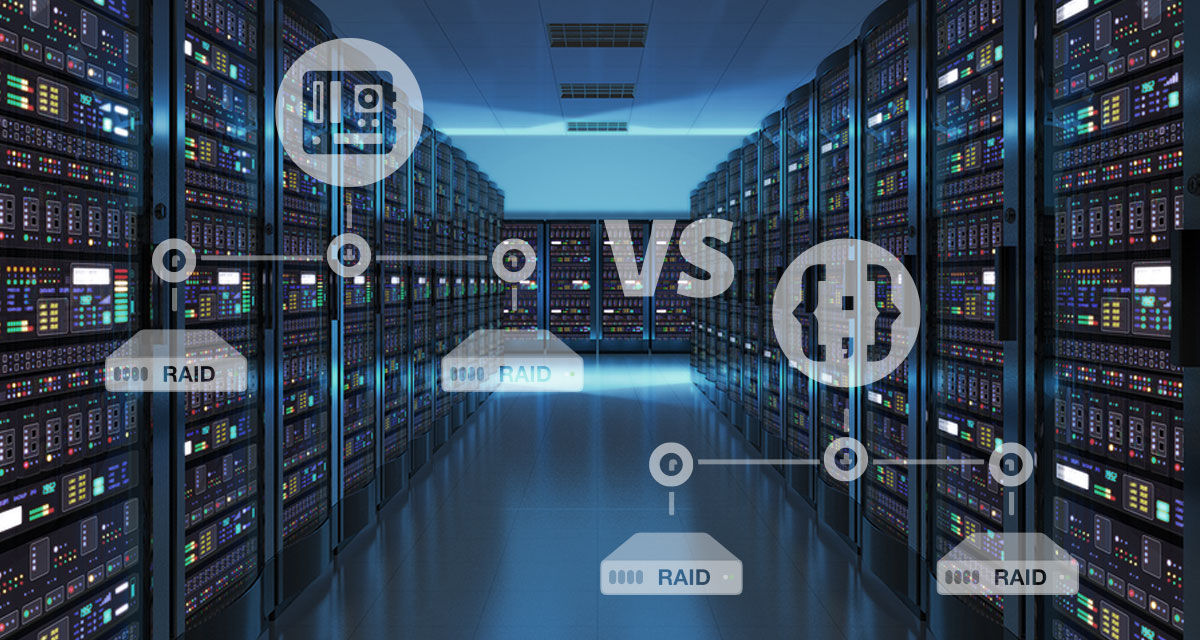
The key disadvantage of RAID software is performance. The main advantage of this is the low cost of entry: since you are utilizing an OS already running your system, there is no additional price tag for hardware. Many standard Operations Systems – such as Mac OS and Windows 10 – come with RAID functionality. TechMikeNY has a robust selection of RAID controllers for Dell and HP Enterprise servers.Īs the name suggests, RAID software is a process by which the OS of a system, or a dedicated RAID software tool, manages the RAID processes. Furthermore, if the controller fails, you need to buy a replacement.

Some disadvantages of RAID hardware are cost – since a RAID controller is a dedicated piece of hardware, there is an upfront price tag. Lastly, a RAID controller is better suited towards more exotic RAID configurations, such as RAID 5. RAID hardware also has the added benefit of being cross-platform compatible – in other words, if two systems with different OSs require access to the virtual disk, a dedicated RAID controller is a better bet. Additionally, replacing disks through hot-swapping is a snap since a dedicated controller is managing the drives. The RAID controller handles those functions and frees up capacity on your OS, CPUs (that would otherwise manage these disks). RAID Hardwareīecause a RAID controller is a dedicated piece of hardware, a key advantage is that resources within your system are not responsible for managing the virtual disk.

RAID software and the advantages and disadvantages to each. This post will cover the key differences between RAID run through hardware vs. However, you can also accomplish a RAID virtual disk through software tools without the need for a dedicated RAID controller. In a previous post, we shared a handy hardware RAID primer on how to choose a RAID controller by configuration, a RAID array controlled by a dedicated controller within your server or computer.


 0 kommentar(er)
0 kommentar(er)
